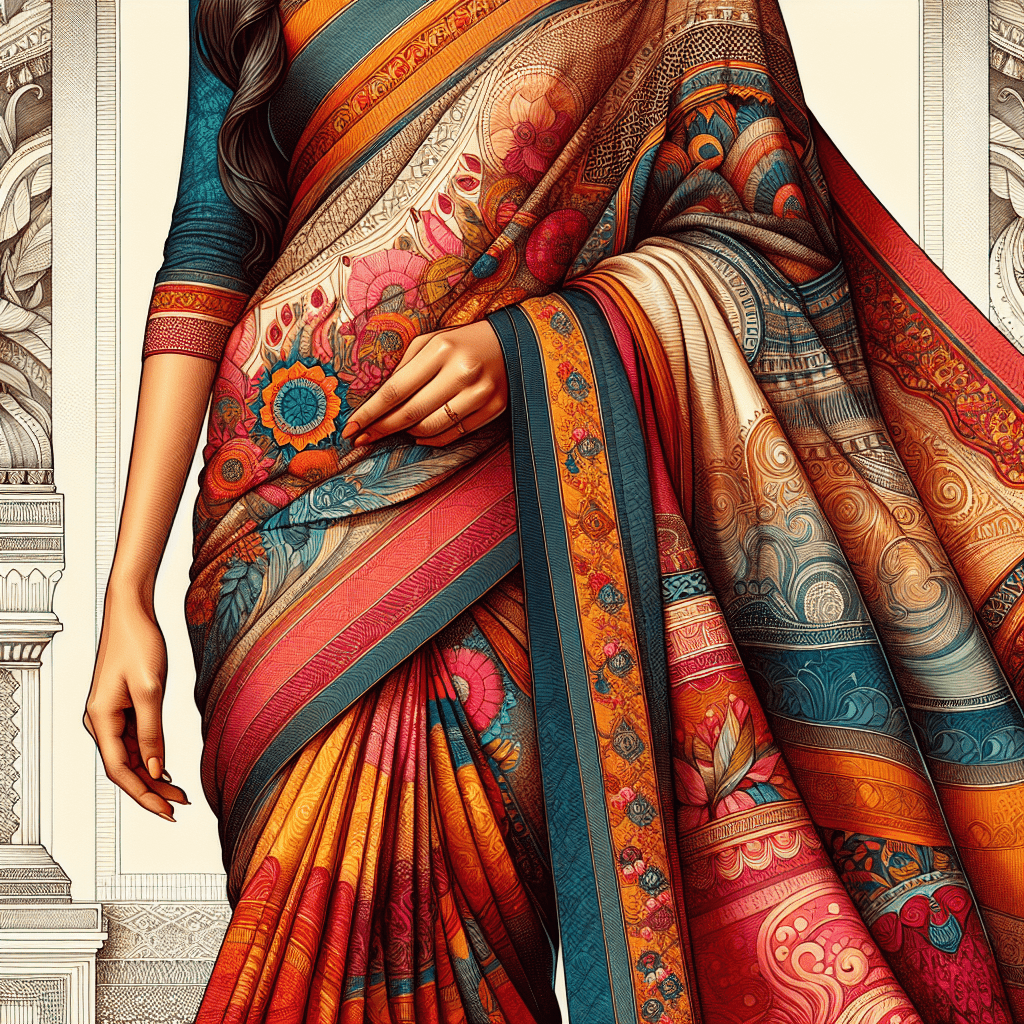India has a rich cultural heritage that spans thousands of years. It is known for its diverse traditions, languages, and customs. Traditional attire plays a significant role in Indian culture as it represents the country’s cultural diversity and regional identities. Women’s costumes, in particular, showcase the vibrant colors, intricate designs, and traditional craftsmanship that make Indian fashion unique and captivating.
Historical Background of Womens Indian Costume
The clothing styles in India have been influenced by ancient civilizations, such as the Indus Valley Civilization and the Aryans. The Vedic period saw the evolution of Indian clothing, with draped garments like the saree becoming popular. The Mughal rule introduced new fashion trends, such as the use of luxurious fabrics and intricate embroidery. The British colonial era brought about changes in Indian attire, with the influence of Western clothing styles.
Traditional Indian Women’s Attire
Indian women have a wide variety of traditional attire to choose from. The saree is one of the most iconic Indian garments, available in different types like Kanjeevaram and Banarasi. It is worn on various occasions and can be draped in different ways depending on the region. The salwar kameez is another popular choice, with variations like Anarkali and Punjabi suits. Lehenga choli and ghagra choli are traditional outfits worn during festivals and weddings, with unique features and regional variations.
Accessories and Jewelry
Accessories play a crucial role in completing the Indian look. Traditional Indian jewelry, such as necklaces, earrings, and bangles, is made using materials like gold, silver, and Kundan. Each piece of jewelry holds cultural and symbolic significance. Other accessories like bindis, mang tikas, and nose rings are also commonly worn. Handbags, clutches, and footwear like juttis and mojaris complement the overall look.
Influences on Modern Indian Fashion
Bollywood has had a significant impact on women’s Indian costume, with actresses and their on-screen fashion influencing trends. Modern Indian fashion often incorporates a fusion of traditional and Western elements, creating unique and contemporary designs. Fashion designers in India have made significant contributions to the industry, blending traditional craftsmanship with modern aesthetics. Furthermore, globalization has led to the spread of Indian fashion worldwide, with people from different cultures embracing and appreciating Indian attire.
Significance of Women’s Indian Costume Today
Women’s Indian costume holds immense cultural significance today. It allows individuals to celebrate their cultural identity and take pride in their heritage. Traditional craftsmanship is preserved through the creation and wearing of these garments, supporting local artisans and artisans’ communities. Additionally, fashion serves as a form of self-expression and empowerment, allowing women to showcase their personal style and individuality. The growing popularity of Indian attire beyond Indian borders highlights the global appeal and recognition of Indian fashion.
Conclusion
Womens Indian costume encompasses a diverse range of garments that reflect India’s rich cultural heritage. Understanding the cultural significance behind these attires is crucial in appreciating and respecting Indian fashion. The attire not only celebrates cultural diversity and regional identities but also supports traditional craftsmanship and empowers women. Indian fashion has gained global recognition, and its influence continues to grow. By embracing and exploring women’s Indian costume, individuals can connect with the vibrant and captivating world of Indian fashion.

